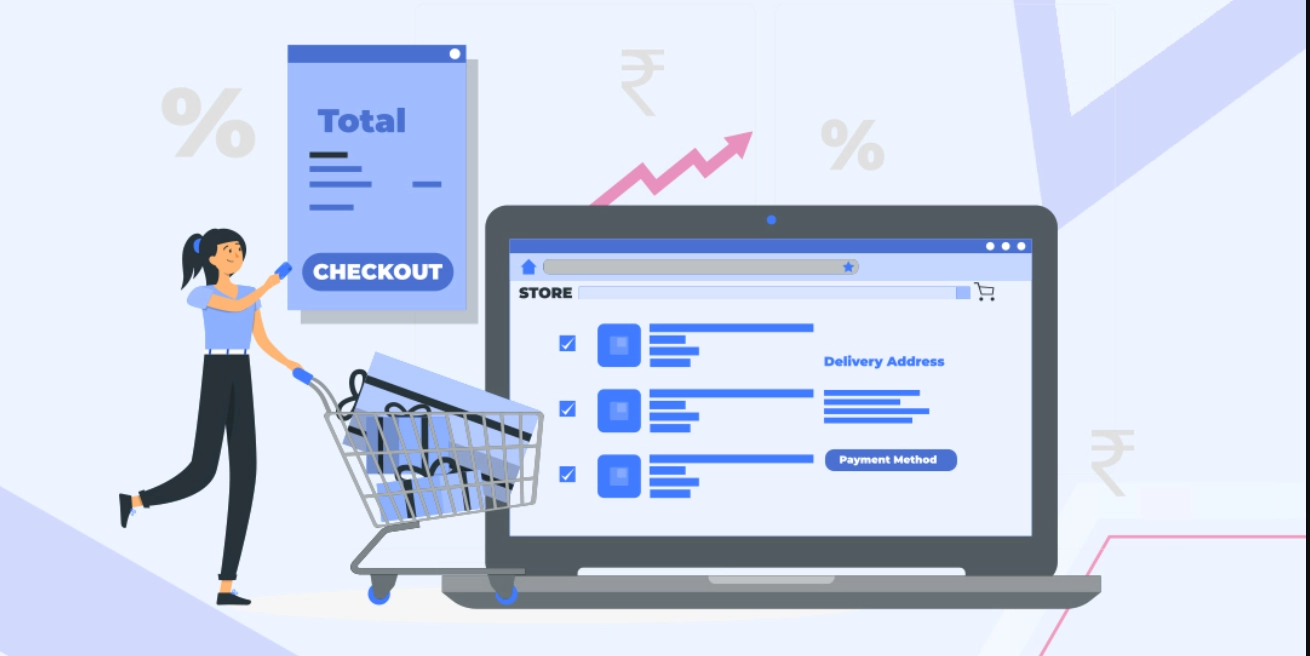A Quick Guide to Online User Segmentation
When conducting your marketing efforts, the first thing you need to focus on is customer or user segmentation.
Why? Because it defines all of your future efforts and helps you determine if you are achieving a return on your investment (ROI) and indicates the success of your campaigns.
But first let’s explain what user segmentation is.
What Is User Segmentation?
Segmentation is a kind of division. You divide or categorize your users, customers, buyers, readers…etc into groups. These groups are called segments.
By understanding the different categories of your users, you can then take the next step which is to target them.
How to Use User Segmentation?
People are naturally different, even people in the same age range can act differently or have varying interests.
In other words, it won’t be fair to you or your marketing budget if you target people aged 15 to 60 at the same time.
This also applies if you try targeting males aged 18 to 25 from the Middle East and North America. Yes, their ages are close but their interests are far and wide.
Types of Segmentation
To divide your target audience, you need to understand the types of customer segmentation you can use.
You can segment your audience based on:
- Demographics: This involves dividing users based on their language, age, and gender.
- Geographic: This is where you segment customers based on location, whether it’s continent, country, city, or even a specific neighborhood.
- Psychographics: The division is based on habits; this is the ‘why’ behind your users’ buying decisions.
- Behavior: Here you segment customers based on their behaviors such as how they act and what they do. It’s the ‘what’ behind their decisions. This is section is also known as interests.

Lesser Known Types of User Segmentation
There are three more types of segmentation that are often forgotten or not focused on. They primarily rely on what you as a business offer and to whom.
These are:
- Firmographic segmentation: This is used in B2B marketing; that’s when your target customers are other businesses.
- Cultural segmentation: Understanding your customers’ culture can also help you in your targeting. It offers some insight on how customers of a certain culture make their decisions.
- Occasional segmentation: This is a form of seasonal segmentation where certain words, terms, or products appear at certain times of the year versus others.
“This [occasional] segmentation focuses on specific events that are completely independent of the customer. It divides the market into categories based on the various occasions when the customer plans to buy the product, actually buys the product or uses the product,” explains marketing strategist Paul Shepherd.
He goes on to say that occasional segmentation can be further sub-divided into:
- Universal occasions
- Regular personal occasions
- Rare personal occasions
Understanding Your Users via Segmentation
By segmenting your customers into groups, whether through one or more of the above options, you can begin to create a clear picture of who you are talking to.

According to data compiled by Accenture, around 81% of consumers wish brands understood them better, knew when to approach them and when not to.
Moreover, roughly 66% of marketers “struggle to personalize content in real time,” says Adobe, which adds that 77% of marketers “believe real-time personalization is crucial.”
This means that the better you segment your customers or users, the better you can target them through ads and content.
Creating a Segmentation Strategy
Last but not least, when you’ve understood the various types of segmentation, it’s time to move on to creating your customer segmentation strategy and use it to drive better sales.


